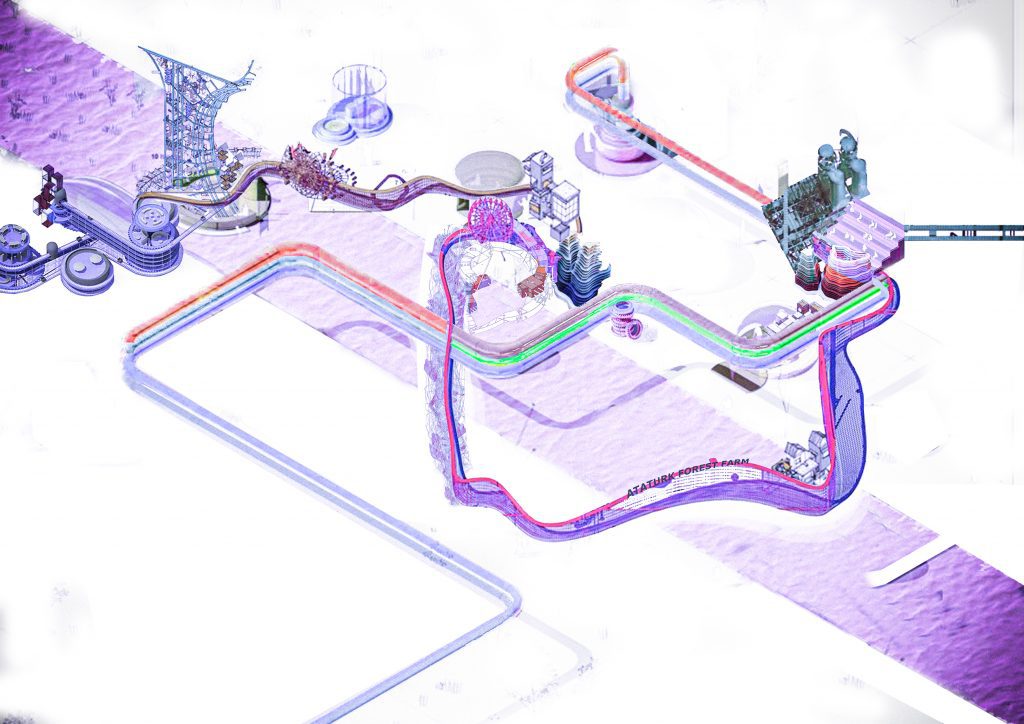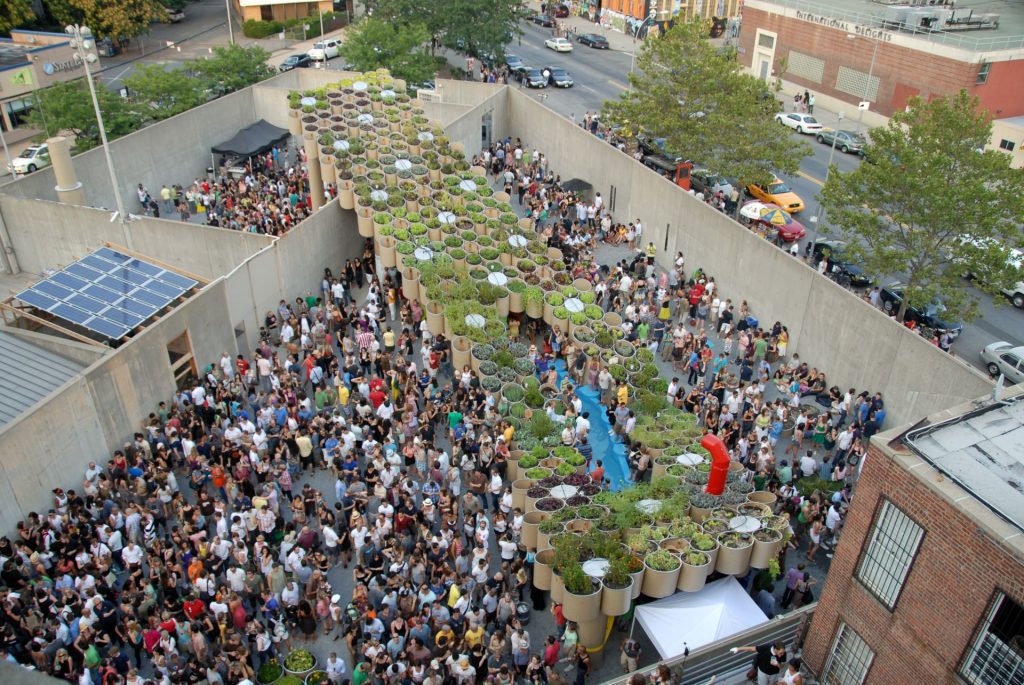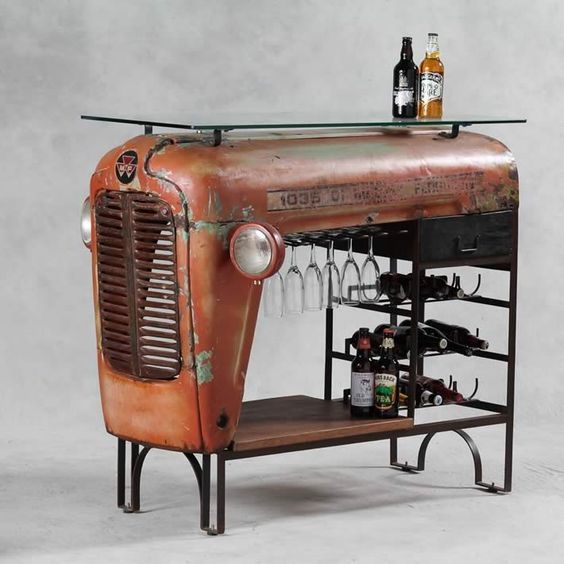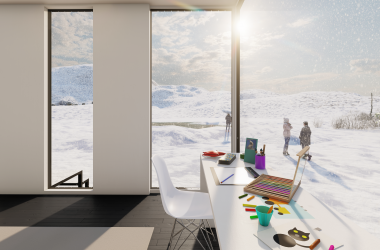

The Value of Upcycling: Repurposing Objects for a More Sustainable Future
Throughout history, humans have demonstrated a remarkable ability to repurpose the objects around them to achieve greater utility. From the earliest civilizations to contemporary times, this innate drive to transform and innovate has manifested in a multitude of fields. In our modern world, we are heavily influenced by the legacy of the Industrial Revolution and the resulting mass production capabilities. This way of thinking has enabled us to create an impressive array of output products that enhance our lives with unprecedented efficiency and convenience.
It is commonly held that the basis of the recreation of lost and unqualified spaces is a construction idea that has been used since the old times, such as the reuse of past civilization remnants. Finding potential value and changing the value itself becomes a part of the social change process. If the value that should be given to sustainability is added to this definition, it creates a new utilitarian thinking infrastructure that has been brought to society. This social, psychological, aesthetic, and economic thinking infrastructure forms the basis of the concept of upcycling.


energy, and collects rainwater on its rooftop. In the summer season, the farm produces over
50 different organic vegetables, herbs, and fruits are used by the museum’s café served
at special events, and harvested directly by visitors.
Upcycling refers to the reuse of an item differently without damaging the material from which it is made, in contrast to recycling, which usually includes tearing down the original material and converting it into something else, using more resources. The Oxford Dictionary defines ‘upcycle ‘as ‘reuse (of discarded objects or material) in such a way as to create a product of higher quality or value than the original.’
The Dictionary of Sustainable Management (2014) defines it as ‘the process of converting an industrial nutrient (material) into something of similar, or greater value in its second life.
At first, upcycling was about destructing used shoes and creating new flowerpots from them. Then, it became one of the significant decoration objects in a well-designed restaurant with an old disabled car. The popularized concept, as the sense of beauty, guides it, inevitably started to be combined with the other trends of the time as handicrafts, and decoration, and began to contribute to spatialization. Now, the used containers are being gathered and generating new spaces that eventually create living quarters.


UK-based Smithers of Stamford has designed an upcycle design furniture collection where they used a Massey Ferguson farmer tractor as the main object.
In today’s conditions, upcycling is a concept that is open enough to contribute to the reconstruction of decorative materials, and the redefinition of space, rather than just recycling a devalued object. Upcycling is not only to evaluate an expired object but also to add more material and spiritual value to it and to make its existence more meaningful. As in the narratives of communities that believe in reincarnation, when an object comes back to life, what the object will experience is different from what it experienced in its previous life. At this point, upcycling is the touch that will carry the reincarnated object forward from previous life experiences. Objects that are upgraded to the next level with this touch will be at the bottom of the caste system in their former lives, but in their new lives, they may become a part of a unique work of art, the brick of an important architectural structure.
Old but reused and upcycled objects in the built environment contain more value than recycled items because they carry signs from their past. Although these objects are not noticed instantly they tell a story in our daily life practices, therefore being internalized. This internality forms the basis of the traces left by art, craftsmanship, and architecture. Thus, upcycled objects can play a big role in our lives by being included in the buildings where we live by touching every point of our lives. For this reason, the concept of upcycling, which can add so much quality to our lives with its narrative, should come out of our search platforms and gradually turn into a concept that we encounter a lot in our surroundings, in our homes, and in the public places we are in.
References
Betsky, 2020, The Case for Upcycling in Architecture, viewed 24 February 2021, https://www.architectmagazine.com/design/the-case-for-upcycling-in-architecture>
McDonough, W & Braungart, M 2013, The upcycle: Beyond sustainability – Designing for abundance, New York: North Point Press.
Marsh, P 2012, The new industrial revolution: consumers, globalization and the end of mass production, Yale University Press.
Oxford Dictionaries, 2014, Oxford Dictionaries, viewed 25 February 2021, http://www.oxforddictionaries.com/definition/english/upcycle>
Stockhammer, D 2020, ‘Reuse as a Design Principle in Historicism: On the Reinvention of the ' original' Swiss House
Szaky, T 2014, Outsmart waste: San Francisco, CA: Berrett-Koehler Publisher, Inc.
Zimring, CA, 2016, Upcycling in History: Is the Past a Prologue to a Zero-Waste Future? The Case of Aluminum, RCC



